#Itzamma
Text
IXCHEL, the Mayan Moon Goddess
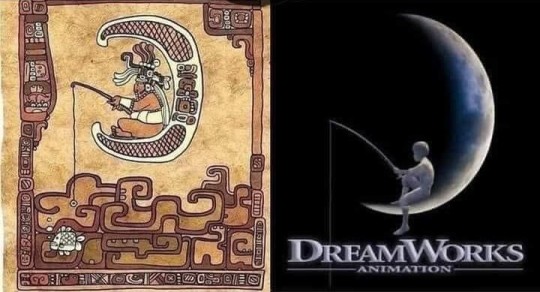
Official Pyramid Media 369 website: www.pyramidmedia369.com
Here is a picture of the Ancient Mayan Goddess, Ixchel (pronounced Ischel) and sitting on the Moon and holding a rabbit while fishing. The fishing pole and the fish are also symbolic. Have you ever heard of the Fishers of Men? I will explain this in a different article. The Rabbit she is holding symbolizes fertility, sex and abundance (good fortune). The Moon Goddess is known to be a goddess of love, midwifery, sex, fertility, pregnancy/childbirth, water, rain, textile arts, agriculture and natural medicine. In hieroglyphs, her name appears as Chak Chel, which means “Big Rainbow”. Ixchel is one half of the original Creator Couple. Yes you heard it right, the Creator is a companion! There is always a masculine-feminine counterpart in the untold stories of the Creator. The male Creator God is known as Itzamna, the Solar God, the Supreme Being, Father of The Universe, etc. Ixchel, Itzamna’s wife, is also believed to have just been the feminine manifestation of the Creator, as she is the mother of both the Sun and the Moon. Some also referred to as an evil old woman that had unfavorable aspects, due to her association with destruction, floods. But she was honored because of her many different healing powers. She is also depicted as an old woman emptying a vessel of water on certain hieroglyphs.
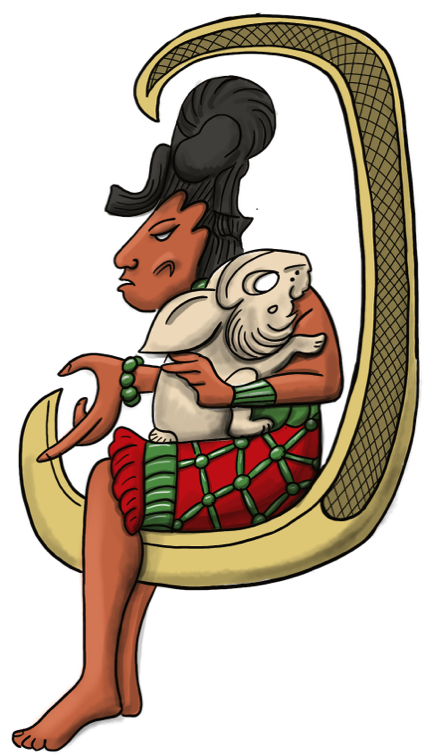
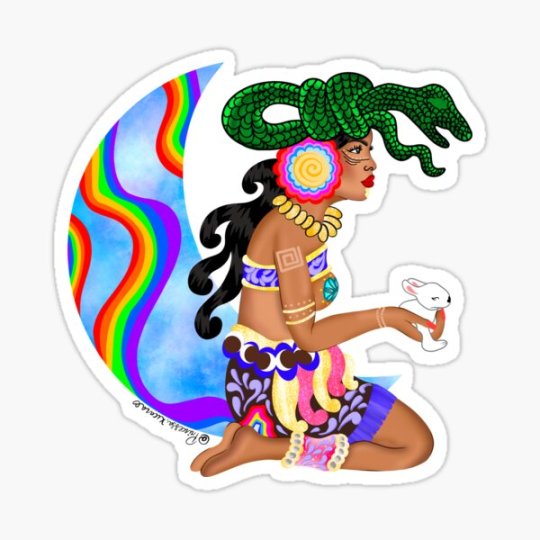
She is also referred to as “Goddess O’ in the Dresden Codex, the original Mayan Tablets found in Dresden Germany, hence the name. “Goddess I” is her younger counterpart, ie. a younger projection of herself. She is the Goddess of Marriage; as well as human procreation, as they aid the health & vital functions of the fertile woman. Together, they are the representation of Frigg/Frigga in Norse mythology, which is ultimately Venus. Hence the term Fri-day. See my previous article about the days of the week and their names. But nonetheless, all Venusian deities are Mother Goddesses.
The serpent on her head not only represents the shedding of old skin, it also represents transformation, Divine Feminine, Healing, Kundalini and Christ energy. She also was known as the Jaguar Goddess of War, due to her fierce ability to protect her tribe the same way a Grandmother would for all her family’s children. Although there is little information regarding her association with the Jaguar. Her energy is very subtle and supportive, and is known to aid both men and women who are on a path to transformation. Just like a Grandmother right?


The Temple of Ixchel
Among the Mayans, physicians and priests hailed her as the patron deity of divination and medicine. Mayan women visited sanctuaries dedicated to Ixchel when they wanted a happy marriage or a child. She has been depicted as overlooking childbirth in scenes painted on vases from Mayan Classic era. Certain other sources also hint her to be an Earth Goddess as well. She has various different expressions and is held to the highest regard out of all Goddesses in the Mayan pantheon. These assumptions are primarily made by identifying one or more of Ixchel’s traits with those of the other deities mentioned. I mean, she is 50% of the creator, isn’t she? Makes sense to me. Below you will see ancient Mayan transcripts indicating that it was advanced levels of science being exemplified.

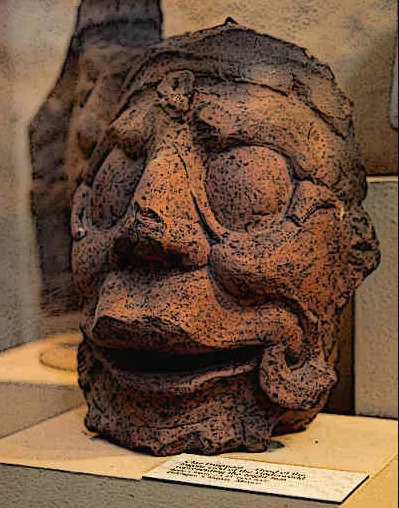
The Dresden Codex (Mayan Tablets)


Mayan Cosmovision
This is the Mayan depiction of the Earth, cosmos, elements and the 4 corners of the earth. Below you will see Ixchel floating amonst the firmament. The Red, White, Yellow and Black all represent one N, S, E, & W as well as the 4 elements.

Mayan Elemental Wheel & Tree of Life



#ixchel#ancienthistory#mayan mythology#aztec temple#aztec culture#aztec gods#gods#goddess#Itzamma#pyramid media#nature#higher self#peace#intuition#inner peace#mantra#meditate#mysticism#spiritualism#Pyramid media#369#Periodic Table#Science#Moon Goddess#Astrology
103 notes
·
View notes
Photo


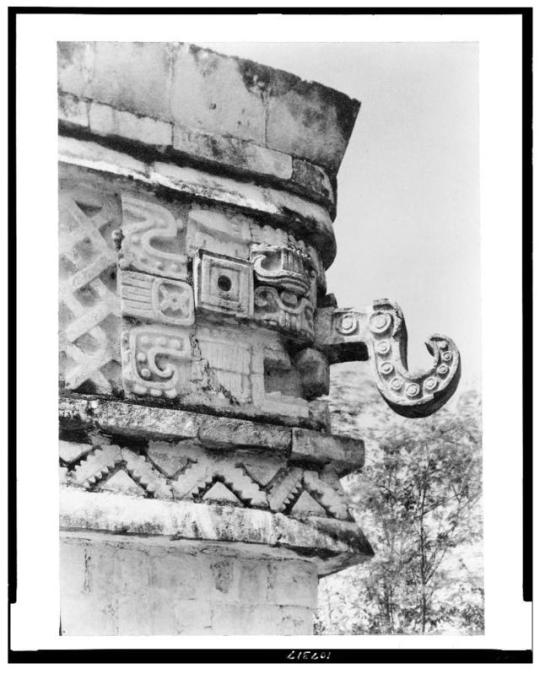

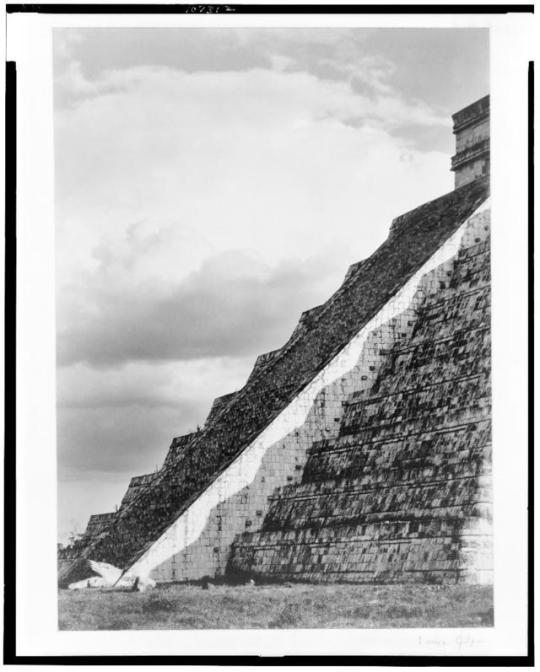



Photos of Chichén Itzá (1932):
Platform of Eagles and Jaguars (detail).
Temple of the Warriors (serpent bird panel).
Temple of the Three Lintels (Mask of Itzamma).
A cenote (sacrificial well).
Steps of El Castillo.
El Castillo from the Temple of the Warriors.
Temple of the Warriors from El Castillo.
Tzompantli (skull platform).
#history#architecture#sculpture#maya architecture#maya sculpture#native americans#mesoamerica#maya#mexico#yucatán peninsula#chichén itzá#temple of the warriors#temple of the three lintels#el castillo#cenotes#tzompantli#itzamma
562 notes
·
View notes